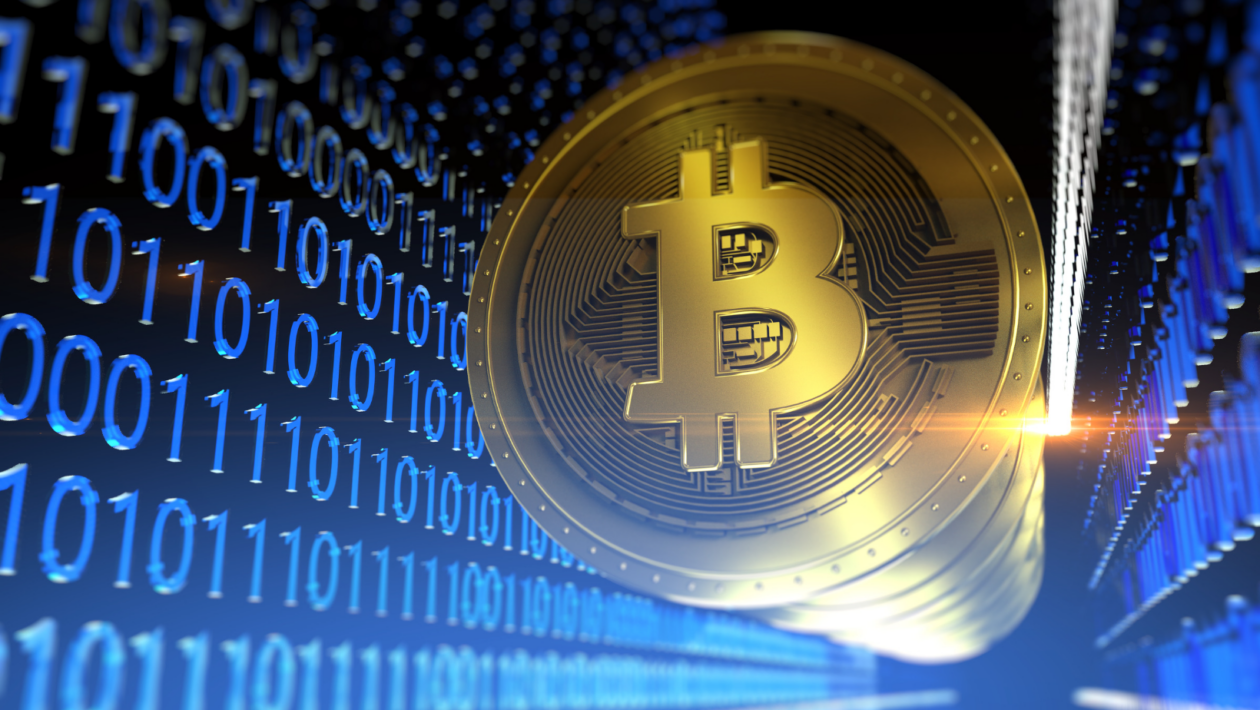Over the last few months, a new development came to the Bitcoin network: Inscriptions. Dubbed Ordinals, these digital assets differ from their NFT counterparts, but the results are the same. Since its inception, the Bitcoin network has seen a massive spike in traffic, not unlike what Ethereum underwent during the 2021 NFT boom.
This increased activity has led to congestion on an already crowded network — sparking a heated debate about the potential impact of Ordinals on the future of Bitcoin. It also begs the question: Now the genie is out of the bottle, what’s next? And, perhaps more importantly, how will the Bitcoin network cope with the on-chain strain?
What are Ordinals?
At a high level, the Ordinals protocol enables users to send and receive Satoshis — the smallest monetary unit of a Bitcoin, or one-hundred-millionths of one BTC — that carry extra data connected to them. This data can be in the form of text, images, audio or other media. Adding data to a Satoshi is called an “inscription,” which is not dissimilar to NFTs.
This was all made possible with some significant upgrades to the network that have occurred. First was the SegWit update, which created a split data structure for all transactions. The second was Taproot, which allowed more data to be placed within transactions.
Unlike most NFTs on Ethereum, which usually just include a link to the media, Bitcoin Ordinals are 100% on-chain. This is a major selling point for digital assets, but it also means these digital collectibles are expensive to create and that the transactions that do so tend to be rather large. Because of this, it has made some wary about the consequences of this protocol on the network as a whole.
Ordinals have only been around for a few months, and over 3.2 million new assets have already been created in that short time. The Bitcoin network has also subsequently seen one of the largest blocks ever mined, 4 megabytes, as a direct result of Ordinal inscribing. Then there is the considerable impact these new types of NFTs have on network congestion and transaction fees, which have hit levels not seen since November 2022. This rise in transaction volume and average fees has also led to miners excluding many lower-fee transactions, raising the floor price for transacting on the network.
A community divided
A debate is currently raging about whether these Ordinals are good for Bitcoin. For one, some have pointed out that Bitcoin’s pseudonymous creator, Satoshi Nakamoto, didn’t think Bitcoin should be used for anything other than the transaction of value. There’s also a concern that continued adoption could further clog up the network and make it even more expensive. Some have even gone so far as to suggest that this development could harm the ability of marginalized people to use Bitcoin. Considering that many developing nations are the most prolific users of the network, this could potentially affect some jurisdictions more than others.
On the other side of the debate, many feel the panic over Bitcoin Ordinals is largely unwarranted. For one, the transaction-purging mentioned before only affects the lowest fee transactions, encouraging fee competition. Additionally, while inscriptions have taken up a considerable amount of every block as of late, not long ago, most blocks were 25% to 50% empty. Arguably, Ordinals are just using resources that otherwise would be wasted.
Indeed, some schools of thought suggest adding value and utility to the Bitcoin network is essential for the network’s longevity. For one, increasing the adoption of Bitcoin is vital for its legitimacy as a currency and store of value. The more people use it, the more valuable it becomes and the more stable its value can be.
Combating congestion
However, the congestion issue still persists. Now that Ordinals have opened the Bitcoin network to new possibilities, where does it end? Arguably, a solution needs to be found. The most likely solution is some form of layer-2 infrastructure that can take the bulk of transaction processing away from the main chain. This could allow Ordinals to proliferate on the Bitcoin network without threatening transactional use cases.
One potential solution in the long term is creating a ZK-rollup on BTC, storing proofs on Bitcoin where Ordinal images are stored. This would allow increased throughput without compromising on security. This would require a change to BTC to verify the proofs, which could take years.
Another potential solution is using side chains or layer-2 solutions. For example, the Bitcoin Lightning Network has proven to handle transactions quickly and cost-effectively. Alternatively, there’s the Liquid Network, which similarly acts as a means to take traffic off the main network to allow for faster, cheaper trades.
The previously mentioned solutions would all increase the throughput of BTC, but still would not provide a smart contract layer to BTC. In addition, ideally, this should be done without invoking any risky technology like centralized bridges, which lost users almost US$3 billion last year. Recent developments allow the network to act as a smart contract layer for BTC while mitigating the potential risks of centralized cross-chain bridges and poorly designed wrapped tokens. Allowing Bitcoin to become programmable can also unlock a wide range of new DeFi-related use cases, including Bitcoin or Ordinal collateralized loans and staking.
The rise of Ordinals on the Bitcoin network is undeniable, and their impact is only set to grow in the coming years as more projects tap into the same utility. But it’s clear that the current state of the network is not equipped to handle the influx of traffic that this may bring, and it’s time to face the reality that Bitcoin needs to evolve to keep up. Turning to layer-2 infrastructure may be a critical part of the solution.

